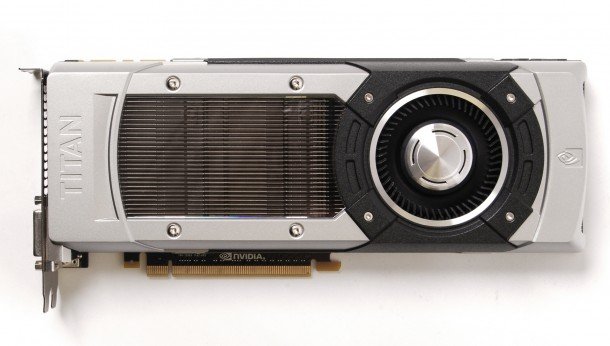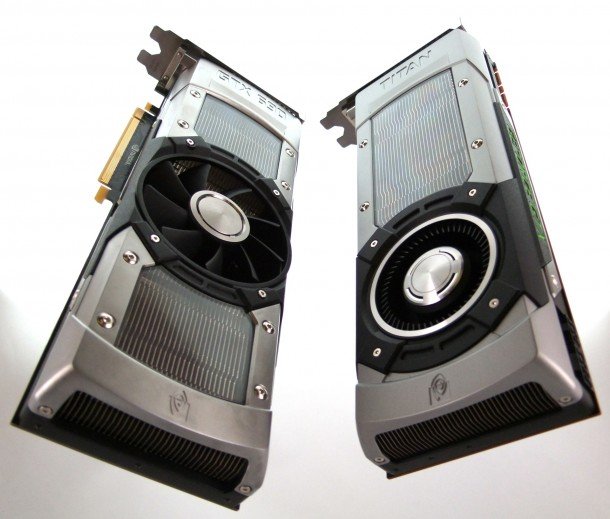Nvidia surprised the Titan outsold the year-old GTX 690 in just 3 months. We're not.

Nvidia's dual-GPU behemoth, the GeForce GTX 690, has been out in the wild for over a year now, but the equally freakishly expensive GTX Titan has outsold it in less than three months. Now either the GTX 690 sold a pifflingly small amount (quite possibly) or the GTX Titan has been better received than even Nvidia thought.
According to Nvidia, it's the latter.
I had a chat with Ben Berraondo, the senior PR manager for GeForce, about the GTX Titan earlier this week. “Even we were surprised just how popular the Titan was. And still is,” he said. “Titan sold a lot more than the GTX 690, for example. It's still selling very well.”
Realistically though it shouldn't have come as much of a surprise. The GTX 690 was really just a one trick pony, and not a particularly good trick at that. The dual-GPU card was made for one thing, and one thing only: high-end gaming.
And with the reticence of the PC gaming public to go down the somewhat unreliable SLI route, especially for a £900/$1,000 graphics card, even I could have told you they weren't going to sell a huge amount.

The fact the GTX Titan is essentially the same supercomputer part as the Tesla K20X means that it's not just a card for gamers, but for the budding pro-graphics guys too. Having the ability to use the double precision floating point format, at speeds of around 1.3 TFLOPS, makes it one hell of a compute card.
And for less than half the price of the full-fat Tesla K20X.
The biggest gaming news, reviews and hardware deals
Keep up to date with the most important stories and the best deals, as picked by the PC Gamer team.
“We made Titan with no constraints to what we were doing, and priced accordingly as well,” explains Berraondo. And with a wider market to aim at the GTX Titan just keeps on rolling. “We're basically selling every one we can get our hands on.”
If the rumours of an upcoming Titan-light card are true we could see them selling even more GK110-based cards. And maybe this time to actual gamers too.

Dave has been gaming since the days of Zaxxon and Lady Bug on the Colecovision, and code books for the Commodore Vic 20 (Death Race 2000!). He built his first gaming PC at the tender age of 16, and finally finished bug-fixing the Cyrix-based system around a year later. When he dropped it out of the window. He first started writing for Official PlayStation Magazine and Xbox World many decades ago, then moved onto PC Format full-time, then PC Gamer, TechRadar, and T3 among others. Now he's back, writing about the nightmarish graphics card market, CPUs with more cores than sense, gaming laptops hotter than the sun, and SSDs more capacious than a Cybertruck.

